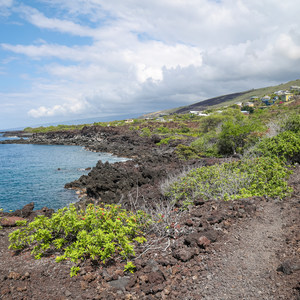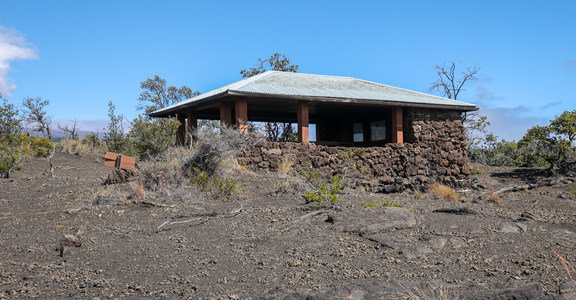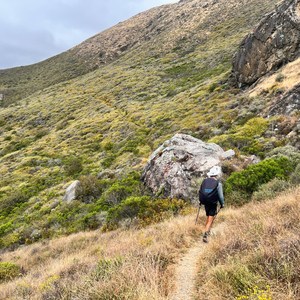Cottonwood Fields Road Loop is a 52.7 mile route located northeast of Denio, Nevada. This expansive journey is ideal for those seeking to explore the scenic backcountry on the border of Oregon and Nevada. It is a challenging route that takes you from the southern reaches of the Red Mountain Wilderness Study Area, along Cottonwood Creek, and skirting the edge of the rugged terrain around Disaster Peak.
Starting on Cottonwood Fields Road, you're immediately enveloped by the expansive quietude of Oregon's open spaces, navigating across the Pueblo Valley. The route takes you along Cottonwood Creek Road, traversing the southern edge of the Red Mountain Wilderness Study Area, then turning north on Holloway No Name Road toward No Name Spring.
From No Name Spring, the path veers northeast, joining Trout Creek Mountain Road. Here, you turn right to head south, hugging the western boundary of Disaster Peak Wilderness Study Area. The journey continues southward, dipping briefly into Nevada, where it winds past the eastern flanks of Holloway Mountain.
Looping back north, you re-enter Oregon, rejoining Cottonwood Creek Road. The final leg of your adventure involves retracing your steps to the starting point.
FLORA AND FAUNA
This route passes through regions with sagebrush steppe vegetation, characterized by sagebrush, juniper trees, and various grasses. You may encounter high desert wildlife such as pronghorns, jackrabbits, and various reptiles.Birdwatchers might spot raptors like hawks or eagles, as well as smaller bird species adapted to desert environments. Near water sources like springs, the biodiversity may increase, presenting riparian vegetation and the opportunity to see amphibians and more varied bird species.
SAFETY AND CONSIDERATIONS
-
Water sources are scarce.
-
Lack of shade.
-
The terrain may be uneven and rugged.
-
Weather in desert regions can change rapidly; be prepared for both heat during the day and potential cold at night.
-
Have a reliable navigation system, as trails may not be well-marked, and cell service could be unreliable.
CAMPING AND PERMITS
-
Dispersed camping is allowed along the route.
-
Check the specific wilderness study area regulations as they may have restrictions to protect the environment.
-
If you plan to camp in Nevada, you might require a permit or have to abide by different regulations.
-
Always check with local land management offices (like the BLM or Forest Service) for the latest information on permits and conditions before your trip.









Comments
Sign In and share them.